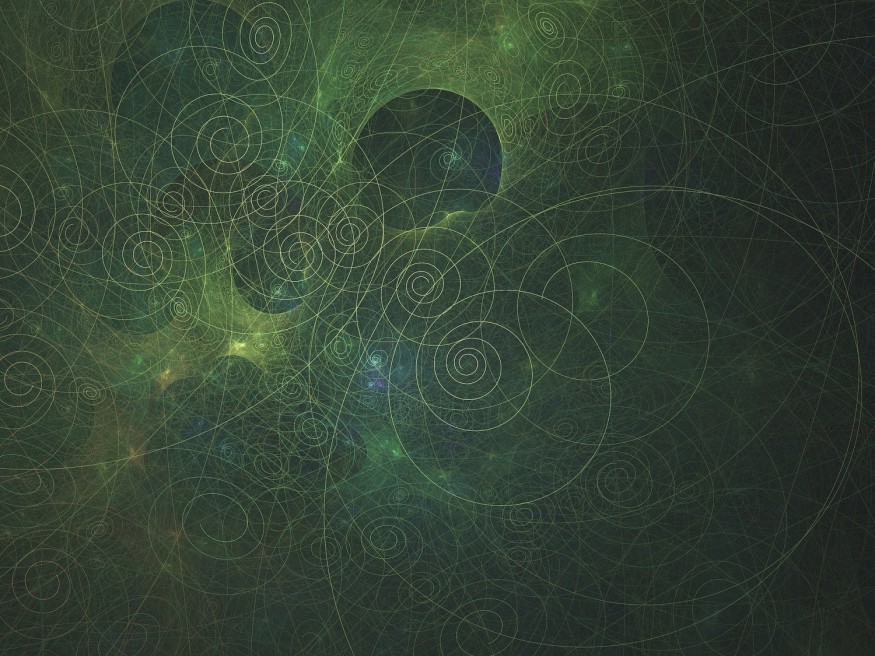Fractal patterns can be sighted almost anywhere, including in lightning and snowflakes. While they may give off certain aesthetics, their patterned nature may also lead to mathematical thoughts regarding the physical landscape's chaos.
Science Alert notes how a new fractal pattern was seen in a particular magnetic substance called spin ice. This discovery can help specialists dig deeper into how behavior known as magnetic monopoles may spur from structures that are not settled.

What Are Spin Ices?
A type of magnetic crystal, spin ice structurally adhere to the rules governing water ice. However, rather than being regulated by the pushes and pulls of the charges, its interactions are monitored by electron spins. Because of such activity, these crystals never have minimal activity and low energy. Instead, they keep on humming with noises even when temperatures are extremely low.
Science Daily also notes how to spin ice is among the topological magnets that are most accessible.
An international research team focused mainly on a spin ice known as dysprosium titanate. Their findings were included in the Science publication.
Fractal Pattern Found in Spin Ice
When minimal heat amounts are applied to the material, its rules bend, and monopoles emerge. The northern and southern poles end up separating and moving independently.
In a study conducted a couple of years ago, the research team noted hallmark magnetic monopole activity within the dysprosium titanate's quantum buzz. However, their findings left gray areas about such movements' nature.
Moving forward, this follow-up study revealed how the monopoles did not move through freely within 3D. Rather, they had a 2.53-dimension plane restriction inside a lattice that could not be altered.
As part of the study, the researchers came up with complicated atomic-scale models to reveal how much movement was constrained within a particular fractal pattern that got erased and written again based on prior movements and particular conditions. Physicist Jonathan Hallén expresses how fractals emerged after they included this in their models.
The spin configurations made a particular network for the monopoles to navigate on. Such a network branched as a fractal with precisely the right dimensions.
This fluctuating behavior may be why many conventional experiments did not spot any fractals. It was the surrounding noise that showed what these monopoles were doing and the particular fractal pattern that was being followed.
Physicist Claudio Catelnovo shares how the team noted something peculiar was happening, especially as the results of 30 years of experiments did not coincide.
Now, after many failures in coming up with noise result explanations, the team was greeted with a eureka moment as they realized that such monopoles could be living within fractal patterns and not freely within 3D.
Such findings may lead to more scientific possibilities, such as how to spin ice could be used in spintronics.
Theoretical physicist Roderick Moessner notes how, other than gaining insight on the several puzzling findings over the years, discovering this mechanism for a new fractal pattern emergency has led to an unforeseen route for unconventional motion to occur within 3D.
RELATED ARTICLE : Melting Ice Due to Climate Change Could Cause Underwater Landslides, Tidal Waves in Greenland
Check out more news and information on Science Experiments in Science Times.










